
Photos: Amazing Caves Around the World
Lilburn Cave, Sequoia National Park, California
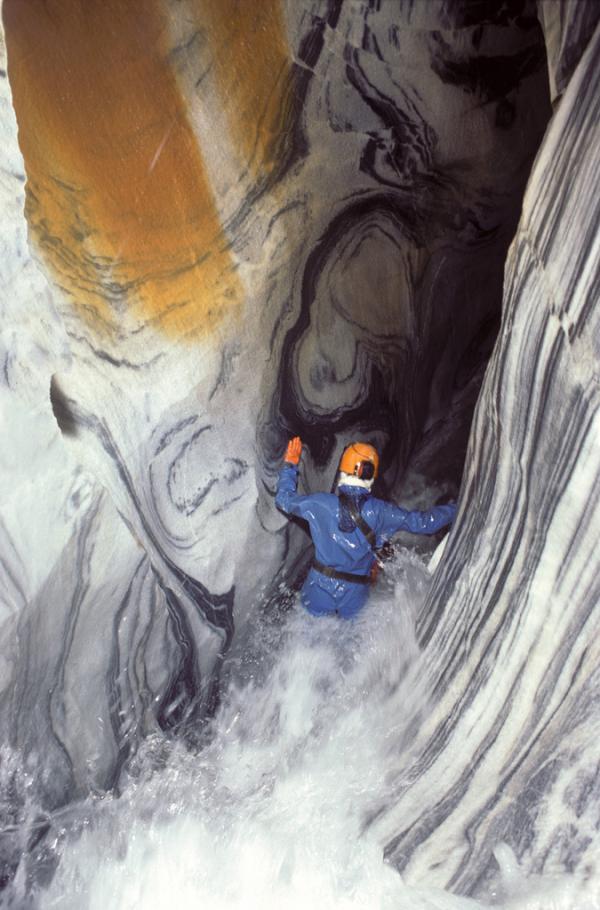
Stashed away in Sequoia National Park are over 240 caves with maybe hundreds more undiscovered. One of the most amazing is Lilburn Cave, a marble labyrinth and California's deepest cave at over 20 miles (32 kilometers). More than 30 different kinds of minerals are found here, creating colorful and unusual cave formations.
The cave is filled with beautiful marble banding, several large streams and is "probably the most amazing in the U.S.," said cave expert R. Scott House of the Cave Research Foundation. Lilburn is not heavily decorated with speleothems the cave formations such as stalagmites and stalactites but its few formation areas are exceptional.
Glacier Cave at Erebus Ice Tongue, Antarctica
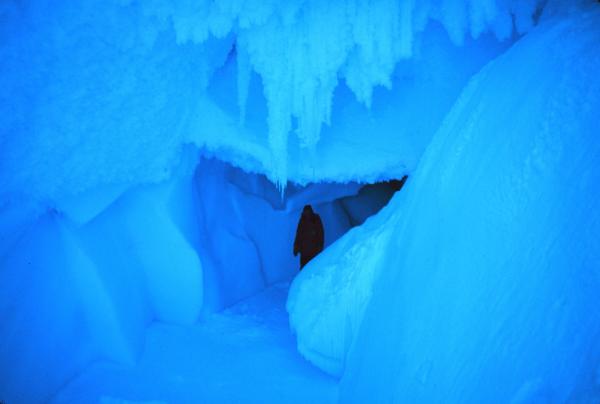
Caves come in all shapes and sizes. Near McMurdo Station in Antarctica are the glacier caves of the Erebus Ice Tongue. The Erebus Ice Tongue is a mountain outlet glacier that projects 7.5 miles (12 km) into McMurdo Sound. Ice caves open on the seaward edges of the Erebus Ice Tongue.
Stalactite-like icicles have been spotted on the cave ceilings along with complex ice crystals.
The sunlight pouring through the ice into the caves creates a blue light in the caverns.
Lechuguilla Cave, Carlsbad Caverns, New Mexico
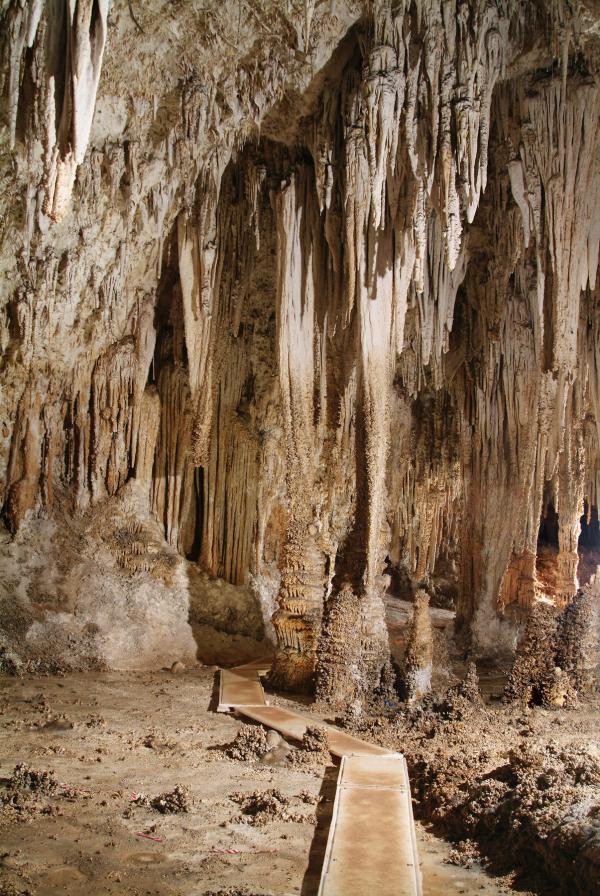
What was once a small, insignificant historic site in the backcountry of the Carlsbad Caverns in New Mexico has provided some of the most exciting caving of the past few decades. The National Park Service calls Lechuguilla Cave "one of the finest known caves on the planet."
Since 1984, explorers have mapped 120 miles (193 km) of passages and have pushed the depth of the cave to 1,604 feet (489 meters), ranking Lechuguilla as the 5th longest cave in the world (3rd longest in the United States) and the deepest limestone cave in the country.
While Lechuguilla Cave is larger than Carlsbad Caverns, it doesn't have any single rooms bigger than Carlsbad's Big Room. It has a fantastic array of rare speleothems, some of which have never been seen anywhere in the world, including such fancily named formations as 20-foot (6.1-m) gypsum chandeliers, 20-foot (6.1-m) gypsum hairs and beards, and 18-foot- (5.5-m) soda straws. Visiting cavers have found large amounts of gypsum and lemon-yellow sulfur deposits.
Bermuda's Deepwater Caves
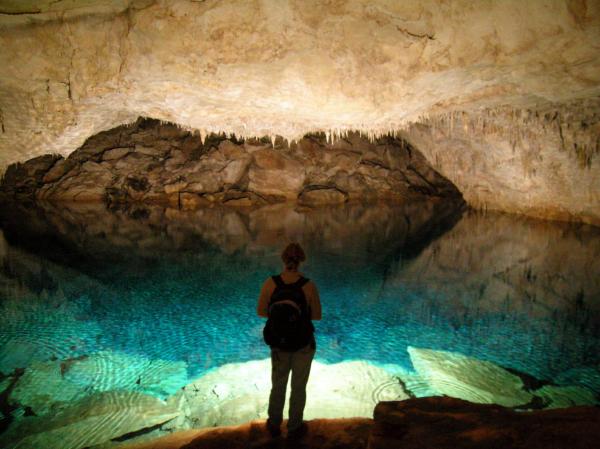
More than 150 inland limestone caves are known to exist in Bermuda. The Crystal Caves are the most famous of the many caves in Bermuda and are named after the crystal clear water that fills the caves. The water is so clear that it is possible to see the cave floor, which at one point lies 55 feet (17 m) below the water's surface.
These caves are believed to have formed during glacial periods when sea levels were about 400 feet (100 to 130 m) lower and the land mass was much larger than today. Rain water soaked through the soil and created acidic groundwater that dissolved the limestone, big empty voids.
Dripping water created massive stalactites and stalagmites in all parts of the Bermuda caves. As post-glacial sea levels rose, the air-filled voids within the caves became flooded with sea water and cave formation ceased.
Fantastic Pit at Ellison's Cave, Georgia
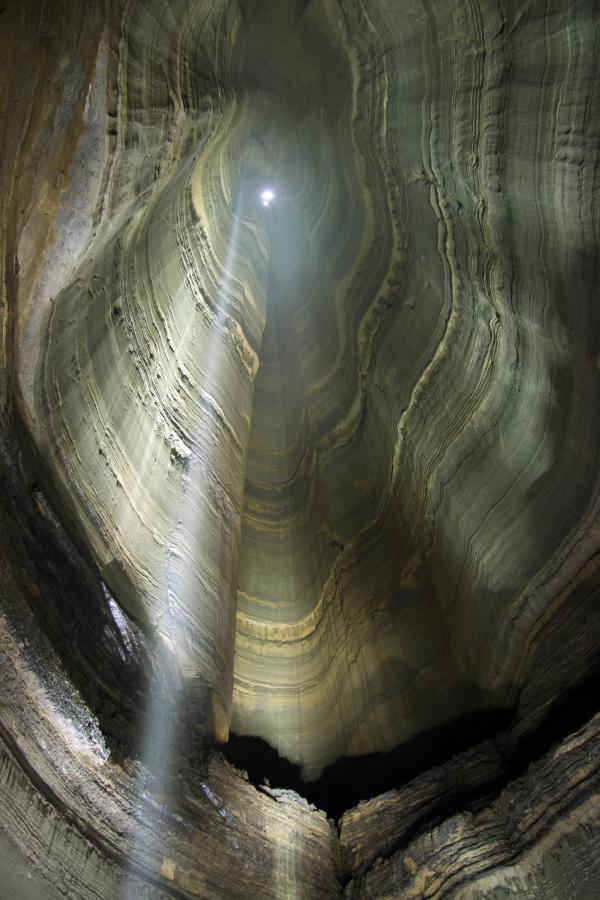
Deciding which cave is the most is amazing is "like comparing seafood to pizza," said House, the cave expert. "It kind of depends on what you're in the mood for."
If you're in the mood for extreme vertical caves, then the Fantastic Pit at Ellison's Cave is just for you. At 586 feet (179 m) deep, Fantastic Pit is the deepest freefall pit in the lower 48 United States and is big enough to hold the Washington Monument, which stands over 555 feet (169 m) tall.
"I've been there about three times and every time it's really breathtaking because of how deep it is," said photographer Manuel Beers.
Naica's Los Crystales Cave, Naica, Mexico
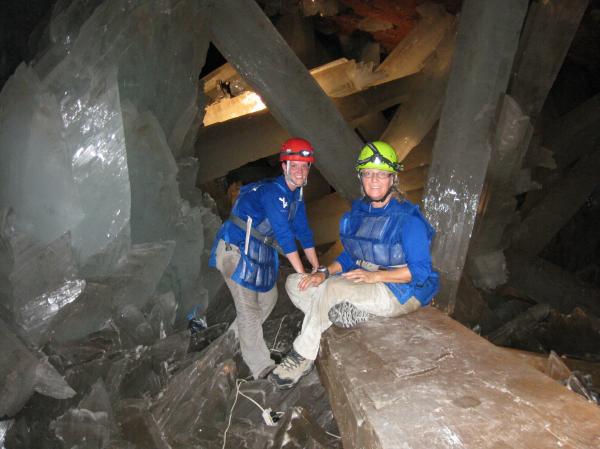
Working in the Cave of the Crystals is "like trying to work in an overheated sauna," said Penny Boston, a cave researcher from New Mexico Tech, who just returned from a research trip to the cave.
The cave's unbearably hot temperatures reach up to 136 degrees Fahrenheit (58 degrees Celsius) with humidity over 90 percent. The extreme temperatures mean that the cave is relatively unexplored. Scientists dress in ice-filled suits just to step inside for mere minutes.
Boston once stayed in the cave for almost an hour while wearing an ice suit and "could hardly stumble out."
"Within a few minutes I noticed that I'm not as smart as I usually am," Boston told OurAmazingPlanet. "I would write things on my glove with a sharpie so I wouldn't forget them under the stress," Boston said. "Like a little script to myself."
Cueva del Fantasma, Venezuela
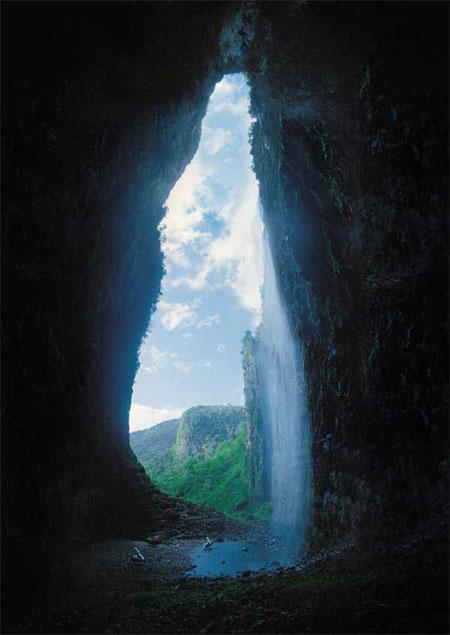
This cave is so gigantic that helicopters can fly right into it. It was discovered four years ago in the South American jungle in southern Venezuela, one of the most unexplored regions of the world.
The discovery of Cueva del Fantasma, Spanish for "Cave of the Ghost," was the first such report and photographic evidence of such an immense cave. However, technically speaking, this cave is more of a huge, collapsed, steep gorge.
Above, the view from inside Cueva del Fantasma. Note the size of the two helicopters at the entrance.
Sign up for the Live Science daily newsletter now
Get the world’s most fascinating discoveries delivered straight to your inbox.
Makauwahi Cave, Hawaii
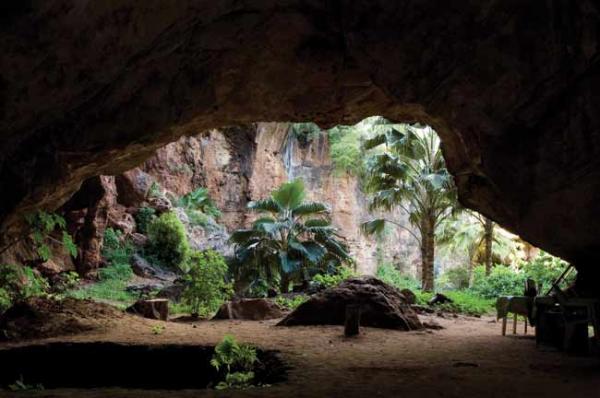
Most caves are sites of active scientific investigations. One such cave, the Makauwahi Cave in Hawaii, is the largest limestone cave in Hawaii and maybe the richest fossil site in the entire Pacific Island region.
The cave is accessible by a sinkhole, and excavations have turned up pollen, seeds, diatoms, cultural artifacts and thousands of bird and fish bones. The cave contains nearly 10,000 years worth of sedimentary records. Remains of about 40 species of birds have been found here, and nearly half of them are extinct today.










